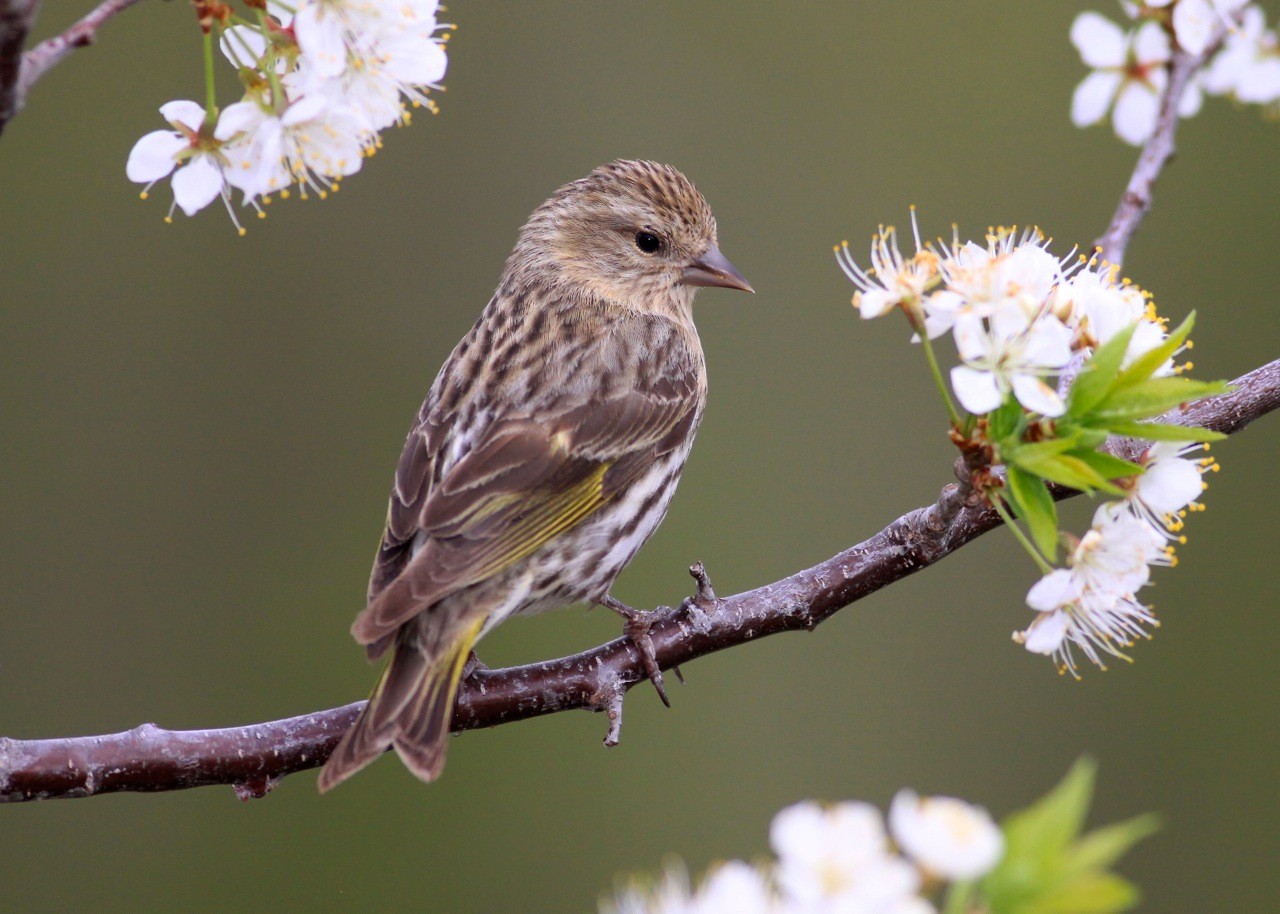Pine Siskin
A species of Siskins and new world goldfinches Scientific name : Spinus pinus Genus : Siskins and new world goldfinches
Pine Siskin, A species of Siskins and new world goldfinches
Botanical name: Spinus pinus
Genus: Siskins and new world goldfinches
Content
Description People often ask General Info
Description
The pine Siskin is a very small finch that moves unpredictably between habitats from year to year. It can be abundant in an area one year but totally absent the next. This irregular movement is related to food sources - particularly the yields of hemlock, pine, and birch seeds and buds. This songbird is a sociable species that often joins flocks of goldfinches.
Size
11 - 13 cm
Life Expectancy
11 years
Nest Placement
Tree
Clutch Size
3 - 5 eggs
Incubation Period
1 - 2 broods
Number of Broods
13 days
Nestling Period
13 - 17 days
Feeding Habits
Pine Siskin diet consists of conifer seeds (pine, spruce) and deciduous seeds (alder, birch), supplemented with young buds, stems, leaves, and garden vegetables. They forage for insects, spiders, grubs, and eat backyard feeder seeds, specifically thistle and oil sunflower. Occasionally, pine Siskin consume mineral deposits and drink from sapsucker wells.
Habitat
Pine Siskin typically inhabit open coniferous forests, thriving in environments rich in cone seeds. They can also be found in mixed woodlands, suburban areas with ornamental conifers, and deciduous trees in parks and cemeteries. These birds adapt to various altitudes and enjoy a climate suitable for conifer growth. Pine Siskin forage across a broad range of landscapes, including meadows, grasslands, chaparral, and human-modified areas like gardens and roadsides, often attracted to feeders offering small seeds or areas with mineral deposits such as salted winter roads.
Nest Behavior
Females build the nest over 5-6 days, occasionally with material contributions from males. Nesting may be semi-colonial. Eggs are laid after the nest is completed, and the loosely attached structure is susceptible to wind.
Nest Characteristics
Pine Siskin typically nests on horizontal conifer branches, camouflaged by overhead foliage. Their nests are shallow saucers of twigs, grasses, bark, and lichens, measuring 2.5-6 inches wide, and lined with fur, feathers, or plant down.
Dite type
Granivorous
General Info
Feeding Habits
Bird food type
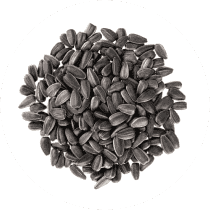
Black Oil Sunflower Seeds
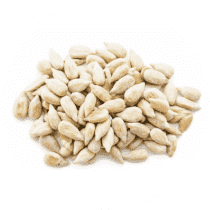
Hulled Sunflower Seeds
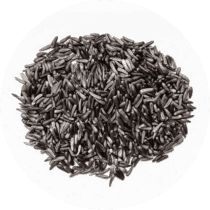
Nyjer
Bird Feeder Type
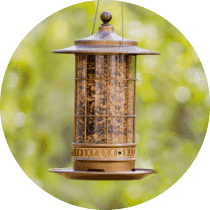
Large Tube Feeder
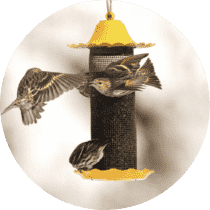
Small Tube Feeder
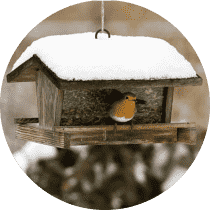
Small Hopper

Platform
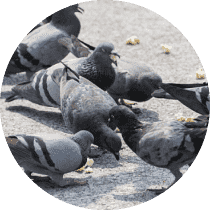
Ground
Sounds
Call
Recording location: United States
Song
Recording location: United States
Behavior
Pine Siskin engage in daily interactions with their woodland environment, busily flitting through canopies to feed on seeds, often hanging acrobatically from branches. Their social nature is evident as they feed in animated flocks, communicating with constant calls. Remarkably unterritorial, pine Siskin may form loose nesting colonies, yet remain together for foraging. Males exhibit their courtship through song and aerial displays, while nesting behavior involves cooperative visits between pairs and males providing for brooding females. In winter, pine Siskin can become competitive near food, displaying aggressive posturing and even aerial skirmishes. They cleverly take advantage of neighboring birds' feeding efforts and adapt by feeding on easily accessible plants such as dandelions. Their migratory patterns can involve massive flock movements.
Distribution Area
Their breeding range spreads across almost the entirety of Canada, Alaska and, to a more variable degree, across the western mountains and northern parts of the United States. 
Species Status
Although considered Washington's most common finch, the pine siskin has suffered a significant annual decline in population since 1966, according to the Breeding Bird Survey. Due to the irruptive nature of this species, populations vary widely from year to year, and trends can be difficult to interpret. Parasitism by brown-headed cowbirds can have a significant impact on pine siskin productivity, and forest fragmentation has increased their contact with cowbirds. 
